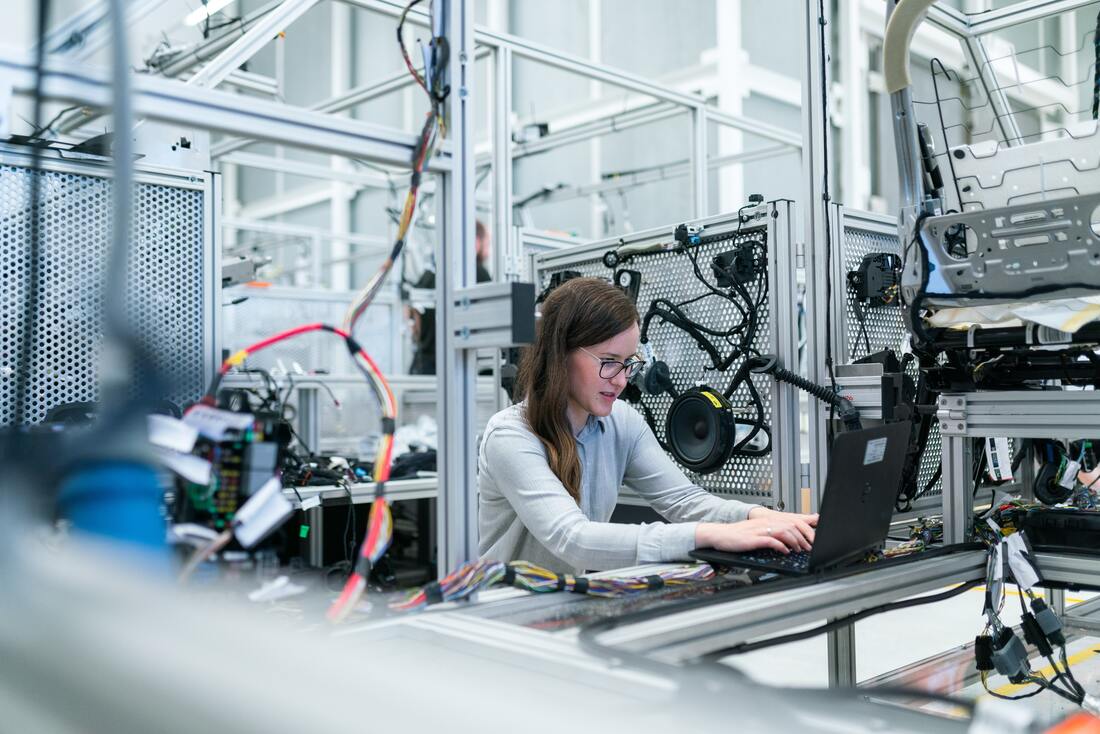But to guarantee better control over the production process and ensure efficient production standards, it’s important to understand the advantages of these technologies.
Let’s look at some of the benefits of advanced manufacturing technology:
One of the main advantages of advanced manufacturing technology is quality enhancement. When robotics and automation play a substantial role in the manufacturing process, there’s less chance of human error. This is one of the main reasons why facilities have applied advanced manufacturing; resulting in reduced mishaps, defects and other costly inefficiencies.
Switching to automation also enables workers to focus on high-level, strategic tasks that require decision-making. Manufacturing personnel can improve floor efficiency, expand the product’s capabilities, and do other engaging tasks.
2. Boost productivity
Advanced manufacturing technologies help boost operational productivity in various ways. They remarkably increase flexibility by giving manufacturers the option to “have it their way”. They can make products in small batches for targeted customers, adjust the production line as a result of design changes, and even increase the time to market by generating prototypes quickly.
3. Gives way to innovation
Manufacturers can create new and improved products in a cost-effective manner with advanced manufacturing technologies. In contrast, doing so with a conventional manufacturing process can be quite expensive. The use of these technologies also enables manufacturers to produce high-quality goods that are made specifically to buyers’ requirements.
Moreover, these processes are environmentally-friendly, consuming fewer raw materials and generating far less waste. They further improve worker safety by limiting exposure to hazardous materials.
4. Reduced production time with digital manufacturing
Digital manufacturing uses virtualisation to generate digital factories that can simulate the production process. The digital simulation allows engineers to save money and time by optimising the factory’s layout, identifying flaws in the production steps and modelling product output and quality. At a relatively lower cost, it allows manufacturers to replicate entire assembly lines in different locations.

